Van Leuven-Zwart's model revisited
Tipo de material: Recurso continuoSeries ; vol.59n.2Detalles de publicación: Sint-Amandsberg : Fédération Internationale des Traducteurs , april-june 2013Descripción: p. 149-159ISSN:
Recurso continuoSeries ; vol.59n.2Detalles de publicación: Sint-Amandsberg : Fédération Internationale des Traducteurs , april-june 2013Descripción: p. 149-159ISSN: - 0521-9744
| Tipo de ítem | Biblioteca actual | Colección | Signatura topográfica | Estado | Fecha de vencimiento | Código de barras | |
|---|---|---|---|---|---|---|---|
 Artículos/Analíticas
Artículos/Analíticas
|
Biblioteca Bartolomé Mitre | Colección General | H17 (Navegar estantería(Abre debajo)) | Disponible |
Navegando Biblioteca Bartolomé Mitre estanterías, Colección: Colección General Cerrar el navegador de estanterías (Oculta el navegador de estanterías)
incl. ref.
Translation shifts are among the disciplines that have always been in focus. Many scholars have discussed in this regard and have proposed some models. Three main types of shifts have been paid attention to including syntactic, semantic and stylistic shifts. First models like the ones introduced by Catford and Vinay and Darbelnet mostly had tendency toward syntactic shifts. On the contrary, the later frameworks have studied semantic and stylistic shifts. Undoubtedly, Van Leuven-Zwart's framework that studies syntactic, semantic and stylistic shifts all together has been one of the most detailed ones. It has been presented to establish and describe shifts in translations of narrative texts. However, some scholars including Toury have not paid attention to this model in shift studies because of its complexities.pThis paper aims at briefly introducing Van Leuven-Zwart's framework and speaking about its strengths and drawbacks, respectively, in order that researchers and students get more familiar with this influential model. It also gives some suggestions for further researches.
No hay comentarios en este titulo.

